By Ted Bridis
University of Florida
Professor
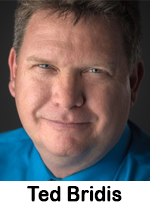 The headlines haven’t been kind to journalism lately. That recent New York Times piece declaring its demise? It wasn’t exactly a morale booster. The Messenger, created to revitalize journalism in the digital age, shut down after just one year. Sports Illustrated was on the cutting block until Minute Media came onto the field with a Hail Mary to save the 70-year-old publication. The Wall Street Journal laid off a slew of talented reporters despite record profits. Yet, some of these decisions have nothing to do with the state of journalism but are based on balance sheets, declining advertising buys, and changing tastes in media consumption.
The headlines haven’t been kind to journalism lately. That recent New York Times piece declaring its demise? It wasn’t exactly a morale booster. The Messenger, created to revitalize journalism in the digital age, shut down after just one year. Sports Illustrated was on the cutting block until Minute Media came onto the field with a Hail Mary to save the 70-year-old publication. The Wall Street Journal laid off a slew of talented reporters despite record profits. Yet, some of these decisions have nothing to do with the state of journalism but are based on balance sheets, declining advertising buys, and changing tastes in media consumption.
David S. Levine of the Times of Israel has written, “Journalism is dead. You are on your own.” But here’s the thing: I’m not buying it.
As a journalism professor at the University of Florida with more than 35 years in the industry, I’ve seen my fair share of ups and downs. Remember the rough economic patches of 2001 and 2008? The internet’s constant disruption? We’ve weathered those storms, and we’ll weather this one, too.
In fact, universities like mine are leading the charge in a new era of journalism. The investigative, political journalism and public policy reporting classes that I teach feed directly into something near and dear to me: credibly holding powerful institutions accountable. And we’re building partnerships to help sustain the industry.
Our Fresh Take Florida news service distributes significant reporting by our undergraduate journalism students to major news outlets across Florida. Newsrooms receive high-quality content for their readers, viewers, and listeners. Students earn real-world experience covering challenging subjects and gain exposure with editors and news directors who hire them when they graduate. Every semester, sadly, my classes of young reporters dwarf the size of many professional newsrooms in some of Florida’s biggest cities.
Talk media is especially vulnerable as our journalism industry works its way through these latest challenges. It relies on journalists to unearth those hard-hitting stories, identify credible sources, and separate fact from fiction.
Here’s the truth: Talk media can’t function without a healthy investigative journalism ecosystem. They need that next generation of journalists I’m training — reporters who are not just trustworthy and credible, but efficient and effective in getting the story out quickly. After all, in today’s fast-paced world, talk radio often relies on journalists for its content.
This is precisely why investigative journalism programs around the country and the Collier Prize for State Government Accountability are so crucial. The $25,000 Collier Prize, established at the University of Florida with a generous gift from Nathan Collier, a descendent of the family that founded the pioneering investigative journalism magazine Collier’s in the late 1880s, is one of the largest journalism awards in the country. It recognizes and celebrates the very kind of investigative reporting that underpins strong talk media.
We’re fostering a new breed of investigative journalists who can seamlessly serve the needs of both traditional and talk media. They understand the importance of speed and accuracy, the ability to distill complex issues into digestible segments, and the value of unearthing stories that spark conversation and hold power to account.
The future of journalism isn’t about flashy headlines or clickbait. It’s about dedicated professionals committed to truth, transparency, and giving a voice to the voiceless. It’s about investigative reporting that illuminates injustice and empowers citizens. And it’s about demonstrating to readers, viewers, and listeners that objective, hard-hitting journalism is worth paying for, after a generation where we gave it away free online.
Talk media is dependent to a degree on the success of the rest of the ecosystem, which is an important point. We highlight and identify credible sources who then become guests on programs that can go into a lot more depth than they can with a quote in a 1,000-word story. Talk radio very much has a stake in the success of journalism. They need this next generation of journalists to be better than ever — credible, trustworthy, and ethical but also efficient and effective — working expediently to get the story told because in a lot of cases talk radio is getting its content from journalists.
We are never not going to need journalists. That’s the silver lining — democracy needs journalists. It needs trustworthy, independent, independently minded journalists who seek the truth and report it. That sentiment is alive and well, and talk media needs this kind of journalism now more than ever.
Award-winning investigative journalist Ted Bridis led the Associated Press’ Pulitzer Prize-winning team before joining the University of Florida. He’s known for his expertise in source protection, FOIA law, and uncovering high-profile stories like the Clinton email server and Paul Manafort’s foreign lobbying. Previously, he analyzed national elections for the AP and covered technology, hackers, and national security.
Share this with your network



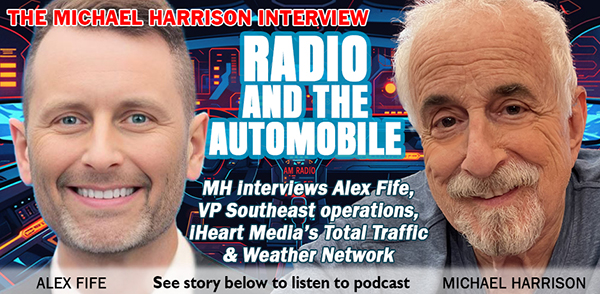
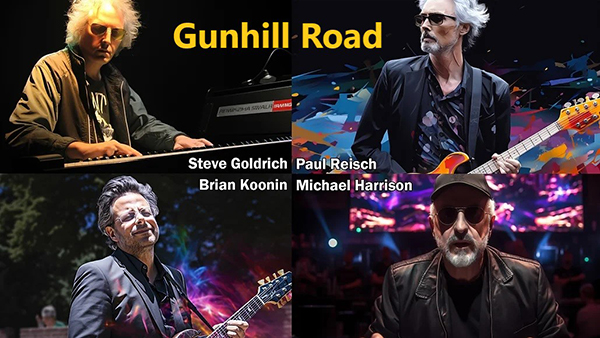
 director Mark Garrison after he asked if President Joe Biden suffers from dementia. Garrison did ask Jean-Pierre that question and she responded, “Mark, I can’t even believe you’re asking me this question. That is an incredibly offensive question to ask.” Then, after presenting the president’s accomplishments, Jean-Pierre thanked Garrison and ended the call. The White House says WBT was given seven minutes as part of Jean-Pierre’s media schedule and that she ended the interview at that time. The White House also suggested that the station employed a bit of theater by adding a dial-tone sound effect to the end of the interview that its phones don’t make after a call ends.
director Mark Garrison after he asked if President Joe Biden suffers from dementia. Garrison did ask Jean-Pierre that question and she responded, “Mark, I can’t even believe you’re asking me this question. That is an incredibly offensive question to ask.” Then, after presenting the president’s accomplishments, Jean-Pierre thanked Garrison and ended the call. The White House says WBT was given seven minutes as part of Jean-Pierre’s media schedule and that she ended the interview at that time. The White House also suggested that the station employed a bit of theater by adding a dial-tone sound effect to the end of the interview that its phones don’t make after a call ends.  content, providing an accurate assessment of the audience’s attentiveness and engagement.” Some of the key findings include: 1) Despite lacking “sight, sound, and motion,” AM/FM radio programming was +13% more engaging than Mediaprobe’s norm for television in the U.S. For advertisers, this means the AM/FM radio context for their ads has greater engagement than the TV context; 2) Overall, AM/FM radio advertising’s Emotional Impact Score (EIS) outperformed TV advertising by +12%. These new findings validate the recently released Dentsu/Lumen study, which revealed audio ads outperform video for attention and brand recall; 3) AM/FM radio news was the most impactful genre, consistently measuring as a high-quality contextual environment for advertising (+14% greater than Mediaprobe TV News norms and +8% than total AM/FM radio); 4) Mediaprobe audio benchmarks reveal the sound contrast between AM/FM radio programming and the ads drives higher attention and brand recall. For example, ads with music and jingles perform very well in spoken word programming due to the contrast; and 5) Creative best practices: Use female voiceovers, jingles, and include five brand mentions.
content, providing an accurate assessment of the audience’s attentiveness and engagement.” Some of the key findings include: 1) Despite lacking “sight, sound, and motion,” AM/FM radio programming was +13% more engaging than Mediaprobe’s norm for television in the U.S. For advertisers, this means the AM/FM radio context for their ads has greater engagement than the TV context; 2) Overall, AM/FM radio advertising’s Emotional Impact Score (EIS) outperformed TV advertising by +12%. These new findings validate the recently released Dentsu/Lumen study, which revealed audio ads outperform video for attention and brand recall; 3) AM/FM radio news was the most impactful genre, consistently measuring as a high-quality contextual environment for advertising (+14% greater than Mediaprobe TV News norms and +8% than total AM/FM radio); 4) Mediaprobe audio benchmarks reveal the sound contrast between AM/FM radio programming and the ads drives higher attention and brand recall. For example, ads with music and jingles perform very well in spoken word programming due to the contrast; and 5) Creative best practices: Use female voiceovers, jingles, and include five brand mentions. 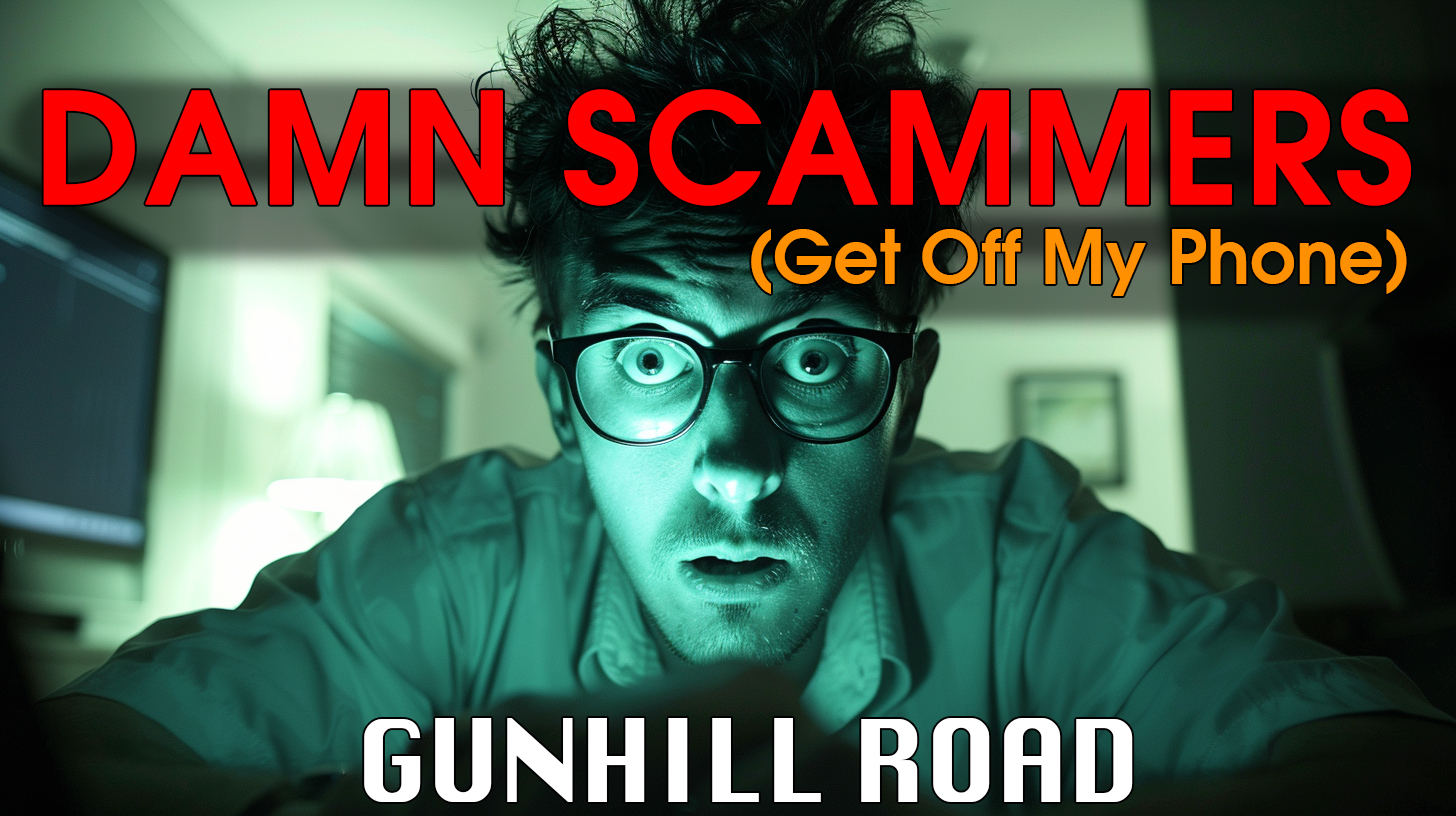
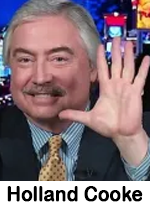 Before the bound copy arrived – at which point all work stopped – Arbitron would send “Advances.” Even those topline numbers ground things to a halt, and had some PDs doing cartwheels, others out on the ledge. ‘Seems quaint now.
Before the bound copy arrived – at which point all work stopped – Arbitron would send “Advances.” Even those topline numbers ground things to a halt, and had some PDs doing cartwheels, others out on the ledge. ‘Seems quaint now.
 The headlines haven’t been kind to journalism lately. That recent
The headlines haven’t been kind to journalism lately. That recent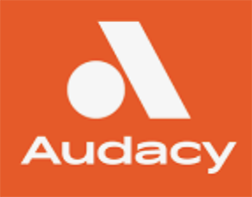 Audacy Podcasts. The story notes that there are no staff reductions as a result of this. The goal of the change is to “streamline the brands for advertisers and to put a further emphasis on the Audacy brand.” The story also says that “Pineapple Street Studios, which primarily works with third-party partners such as HBO, Netflix and Spotify, will retain its branding as it moves under the Audacy Podcasts umbrella.”
Audacy Podcasts. The story notes that there are no staff reductions as a result of this. The goal of the change is to “streamline the brands for advertisers and to put a further emphasis on the Audacy brand.” The story also says that “Pineapple Street Studios, which primarily works with third-party partners such as HBO, Netflix and Spotify, will retain its branding as it moves under the Audacy Podcasts umbrella.” 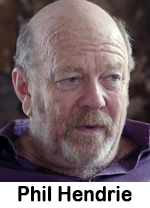 other platforms. Titled, Hendrie, and produced by Freestyle Digital Media and directed by Patrick Reynolds, the film features people like Hendrie’s one-time program director David Hall as well as comedians and Hollywood figures talking about the unique radio program Hendrie launched in 1990 in which he held kooky conversations with offbeat characters – all played by Hendrie himself – in real time. Hendrie tells KCAL-TV, “It was completely original… and it satirized something that I thought needed satirizing – talk radio.”
other platforms. Titled, Hendrie, and produced by Freestyle Digital Media and directed by Patrick Reynolds, the film features people like Hendrie’s one-time program director David Hall as well as comedians and Hollywood figures talking about the unique radio program Hendrie launched in 1990 in which he held kooky conversations with offbeat characters – all played by Hendrie himself – in real time. Hendrie tells KCAL-TV, “It was completely original… and it satirized something that I thought needed satirizing – talk radio.” 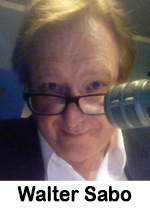 1. Financial solvency laws. Consolidation is not the problem; it actually saved the radio industry. The problem is the 1986 rule change that dropped financial solvency requirements for station ownership. Prior to 1986, stations could not be purchased with debt. A potential owner had to prove that they could meet the expenses of a station through the duration of its license. Once the financial efficacy rule was dropped and stations could be purchased with debt, the industry was financially decimated. Prediction: Financial solvency laws will be re-instated.
1. Financial solvency laws. Consolidation is not the problem; it actually saved the radio industry. The problem is the 1986 rule change that dropped financial solvency requirements for station ownership. Prior to 1986, stations could not be purchased with debt. A potential owner had to prove that they could meet the expenses of a station through the duration of its license. Once the financial efficacy rule was dropped and stations could be purchased with debt, the industry was financially decimated. Prediction: Financial solvency laws will be re-instated.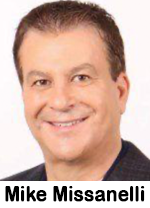 writer Bob Cooney to middays. The question Tornoe asks is what about Mike Missanelli? “Rumors have been swirling in sports radio circles the past few days about the return of Missanelli, once the station’s biggest star, whose sudden exit from his afternoon show in 2022 after 15 years shocked listeners.” Tornoe says that Missanelli has been in contact with management but there’s nothing to report and Missanelli isn’t talking. PD Scott Masteller tells the paper, “Mike’s name has come up. He’s a great talent, and we’ll just have to wait and see what happens. A lot of people are interested in the radio station right now. So, I’ll leave it at that.” The current PM drive show is “The Best Show Ever?” hosted by Tyrone Johnson, Ricky Bottalico and Jenn Scordo.
writer Bob Cooney to middays. The question Tornoe asks is what about Mike Missanelli? “Rumors have been swirling in sports radio circles the past few days about the return of Missanelli, once the station’s biggest star, whose sudden exit from his afternoon show in 2022 after 15 years shocked listeners.” Tornoe says that Missanelli has been in contact with management but there’s nothing to report and Missanelli isn’t talking. PD Scott Masteller tells the paper, “Mike’s name has come up. He’s a great talent, and we’ll just have to wait and see what happens. A lot of people are interested in the radio station right now. So, I’ll leave it at that.” The current PM drive show is “The Best Show Ever?” hosted by Tyrone Johnson, Ricky Bottalico and Jenn Scordo. 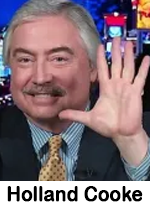 For spring break this year, Sarah and I revisited Sandals Grand Bahamian all-inclusive resort – NOT inexpensive, and very worth it. We’ve already booked same-week-next-year, and we think we know who we’ll see there then.
For spring break this year, Sarah and I revisited Sandals Grand Bahamian all-inclusive resort – NOT inexpensive, and very worth it. We’ve already booked same-week-next-year, and we think we know who we’ll see there then.
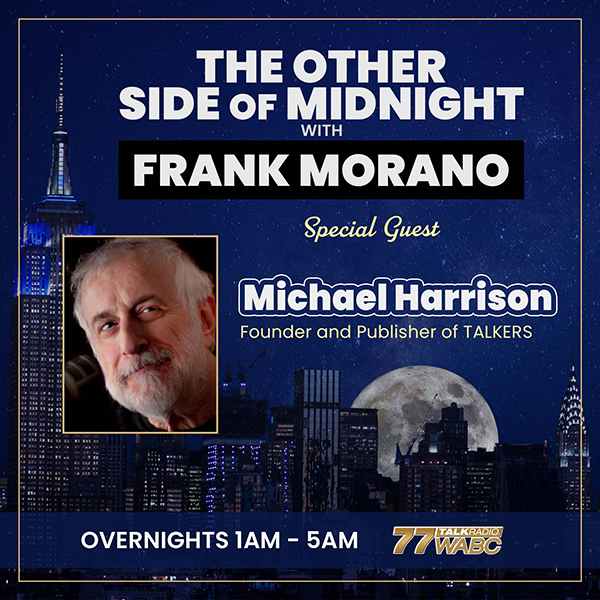
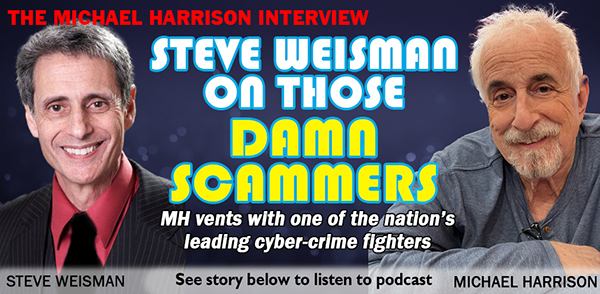
 and WEPN-AM), but Karmazin said the move had nothing to do with his company not renewing its lease on WEPN-FM (which ends later this summer) but that it’s a company decision. TALKERS noticed that news/talk WTMJ, Milwaukee did not appear in Nielsen’s January PPM survey and reached out to GKB for an explanation, but the company did not reply to our request. Karmazin told Best, “It’s outdated to use one form of media to measure a show, especially one that doesn’t reflect the entire listening audience and viewing audience across all the different ways we distribute our media now.”
and WEPN-AM), but Karmazin said the move had nothing to do with his company not renewing its lease on WEPN-FM (which ends later this summer) but that it’s a company decision. TALKERS noticed that news/talk WTMJ, Milwaukee did not appear in Nielsen’s January PPM survey and reached out to GKB for an explanation, but the company did not reply to our request. Karmazin told Best, “It’s outdated to use one form of media to measure a show, especially one that doesn’t reflect the entire listening audience and viewing audience across all the different ways we distribute our media now.”  dramatically understate AM/FM radio’s shares; 2) AM/FM radio represents the dominant ad-supported audio platform with a 68% overall share and a massive 86% in-car share; 3) In a typical day in America, 95% of Americans never listen to ad-supported Spotify. 94% never listen to ad-supported Pandora; 4) Podcasts’ audience soars. At a 20% share of ad-supported audio, podcasts now represent one out of every five minutes of U.S. ad-supported audio; 5) Among registered voters, AM/FM radio leads in ad-supported audience share (68%) followed by podcasts (21%); 6) After a pandemic lull, the proportion of AM/FM radio listening occurring in-car roars back; and 7) Powered by podcasts, spoken word is on a tear: 40% of all time with ad-supported audio goes to spoken word, up from 27% pre-pandemic.
dramatically understate AM/FM radio’s shares; 2) AM/FM radio represents the dominant ad-supported audio platform with a 68% overall share and a massive 86% in-car share; 3) In a typical day in America, 95% of Americans never listen to ad-supported Spotify. 94% never listen to ad-supported Pandora; 4) Podcasts’ audience soars. At a 20% share of ad-supported audio, podcasts now represent one out of every five minutes of U.S. ad-supported audio; 5) Among registered voters, AM/FM radio leads in ad-supported audience share (68%) followed by podcasts (21%); 6) After a pandemic lull, the proportion of AM/FM radio listening occurring in-car roars back; and 7) Powered by podcasts, spoken word is on a tear: 40% of all time with ad-supported audio goes to spoken word, up from 27% pre-pandemic. 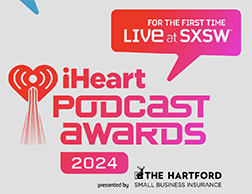 last night (3/11). The event was also exclusively video streamed on iHeartRadio’s YouTube channel and broadcast across iHeartMedia radio stations nationwide and on the iHeartRadio app. Winners were named in 32 categories, including Podcast of the Year, which went to “New Heights.” Entertainer Lilly Singh presented the award to co-hosts Jason Kelce and Travis Kelce, who accepted the honor via video.
last night (3/11). The event was also exclusively video streamed on iHeartRadio’s YouTube channel and broadcast across iHeartMedia radio stations nationwide and on the iHeartRadio app. Winners were named in 32 categories, including Podcast of the Year, which went to “New Heights.” Entertainer Lilly Singh presented the award to co-hosts Jason Kelce and Travis Kelce, who accepted the honor via video. 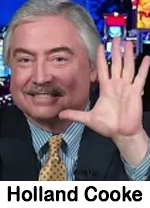 Sell a local advertiser a promotion – a contest which awards a major prize from the advertiser’s inventory – to the winner who creates the best commercial for the advertiser.
Sell a local advertiser a promotion – a contest which awards a major prize from the advertiser’s inventory – to the winner who creates the best commercial for the advertiser.
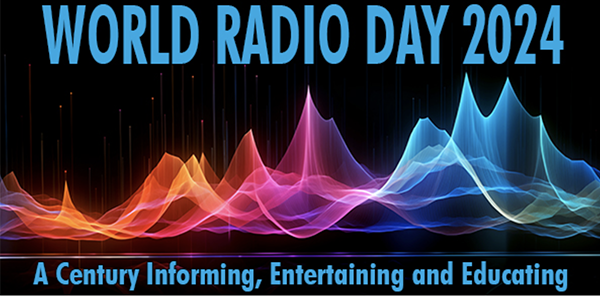
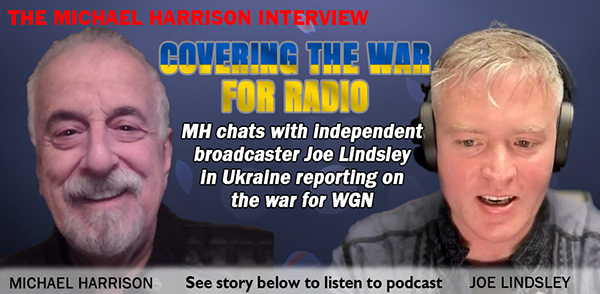
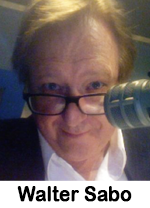 Original ideas are golden and rare. Here are five ideas worth stealing because of their novelty, success and oh-wow factor!
Original ideas are golden and rare. Here are five ideas worth stealing because of their novelty, success and oh-wow factor!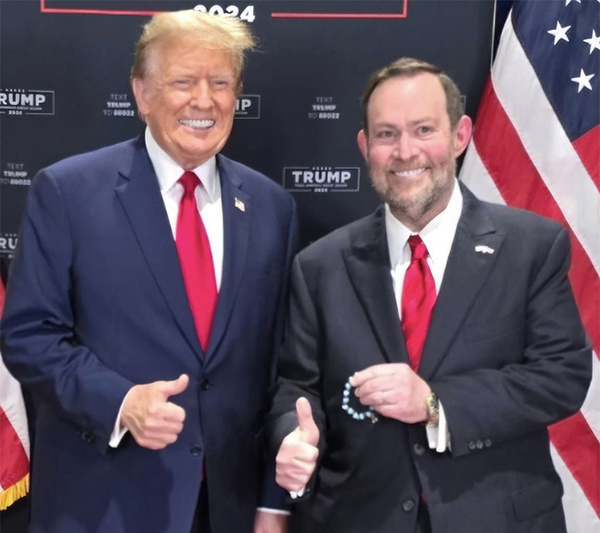
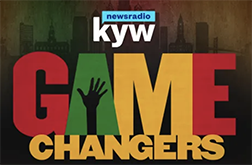 Williams, who has been highlighting the GameChangers honorees throughout February, hosted the ceremony. The 2024 recipients were nominated by audience members, selected by a panel of previous honorees and vetted by KYW Newsradio editorial staff. Audacy Philadelphia SVP and market manager David Yadgaroff says, “We are delighted to honor the exceptional individuals who are driving positive change and making a profound impact within communities of color across Philadelphia. This yearly program highlights their unwavering dedication to making lasting contributions to this community, and we’re proud to leverage our platform to shine a light on their great work.”
Williams, who has been highlighting the GameChangers honorees throughout February, hosted the ceremony. The 2024 recipients were nominated by audience members, selected by a panel of previous honorees and vetted by KYW Newsradio editorial staff. Audacy Philadelphia SVP and market manager David Yadgaroff says, “We are delighted to honor the exceptional individuals who are driving positive change and making a profound impact within communities of color across Philadelphia. This yearly program highlights their unwavering dedication to making lasting contributions to this community, and we’re proud to leverage our platform to shine a light on their great work.” 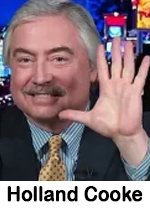 It’s not your imagination. The world has gone daffy. The USA is all-but boots-on-the-ground in rough neighborhoods around the world. Weather is getting even wackier. The next gun nut could open fire, at any moment, anywhere. 2024 campaign? It’s a long way to November. And even in this rebounding economy, supermarket prices still hit-home… if you can get there.
It’s not your imagination. The world has gone daffy. The USA is all-but boots-on-the-ground in rough neighborhoods around the world. Weather is getting even wackier. The next gun nut could open fire, at any moment, anywhere. 2024 campaign? It’s a long way to November. And even in this rebounding economy, supermarket prices still hit-home… if you can get there.
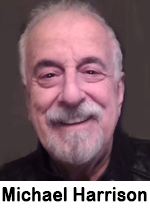 -2) at the Sheraton Times Square hotel in New York City. Harrison’s address titled, “The Next 10 Years of Media and Popular Culture is…?,” is scheduled to take place between 11:00 am and 12:00 noon on Saturday (3/2). Harrison states, “I have always believed that the future of broadcasting, for better or worse, brews on the campuses of America and this observation is truer now than ever before. I am very excited to bring an array of provocative and pertinent observations, predictions and possibilities, born of my perspective as a future-minded immigrant from the 20th century to such a vital and dynamic group of young communicators.”
-2) at the Sheraton Times Square hotel in New York City. Harrison’s address titled, “The Next 10 Years of Media and Popular Culture is…?,” is scheduled to take place between 11:00 am and 12:00 noon on Saturday (3/2). Harrison states, “I have always believed that the future of broadcasting, for better or worse, brews on the campuses of America and this observation is truer now than ever before. I am very excited to bring an array of provocative and pertinent observations, predictions and possibilities, born of my perspective as a future-minded immigrant from the 20th century to such a vital and dynamic group of young communicators.”